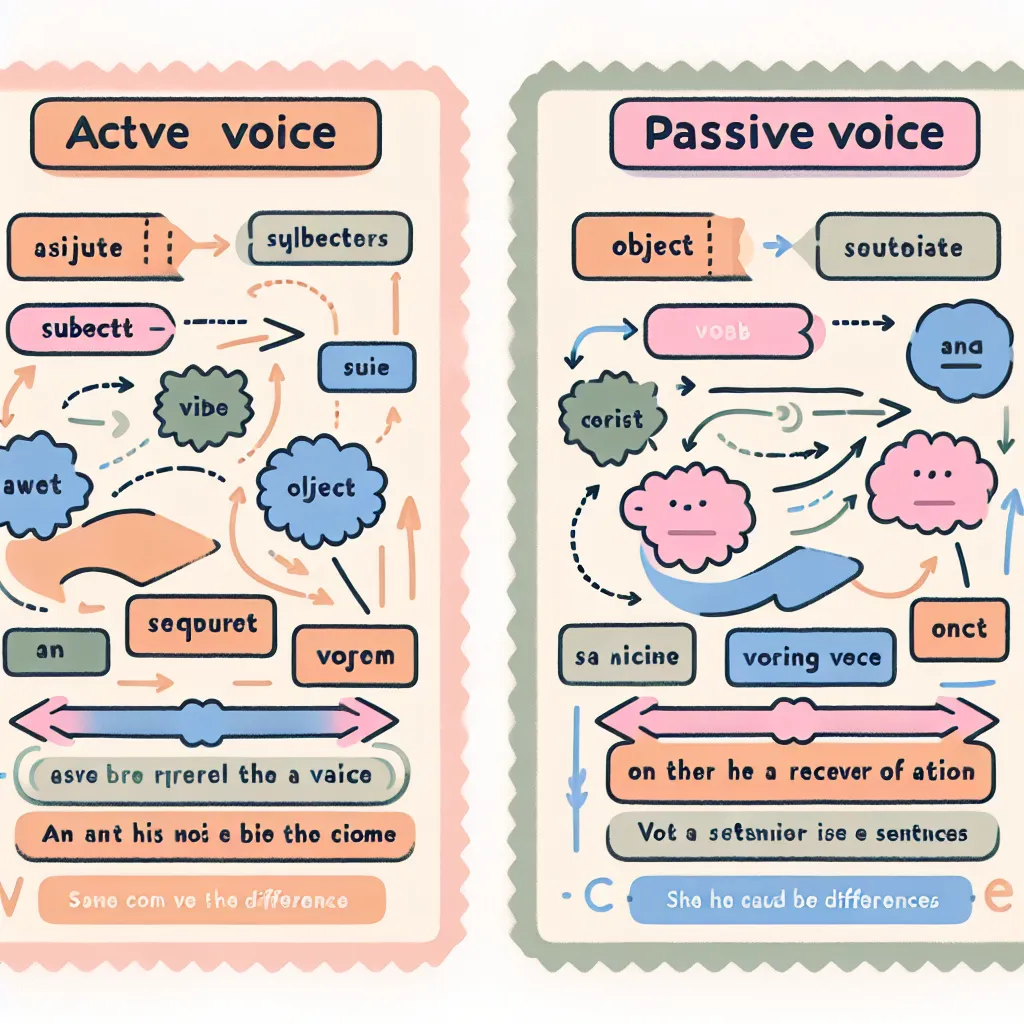Writing emails is an essential part of professional communication in today’s digital world. However, many people struggle with grammar mistakes that can undermine their credibility and professionalism. In this article, we’ll explore effective strategies to improve your grammar when writing emails, ensuring your messages are clear, concise, and error-free.
Understanding the Importance of Grammar in Emails
Good grammar is crucial in email communication for several reasons:
- It enhances clarity and prevents misunderstandings.
- It reflects professionalism and attention to detail.
- It helps maintain a positive reputation in the workplace.
 Importance of Email Grammar
Importance of Email Grammar
Common Grammar Mistakes in Emails
Before we dive into improvement strategies, let’s identify some common grammar mistakes in emails:
- Incorrect use of apostrophes (its vs. it’s)
- Subject-verb agreement errors
- Misuse of homophones (their, there, they’re)
- Run-on sentences or sentence fragments
- Incorrect punctuation
Strategies to Improve Your Email Grammar
1. Use Grammar Checking Tools
One of the easiest ways to improve your email grammar is to use grammar checking tools. These tools can catch many common errors and suggest corrections:
- Grammarly: A popular browser extension and desktop app
- Microsoft Editor: Built into Microsoft Office and available as a browser extension
- Hemingway Editor: Helps simplify complex sentences
While these tools are helpful, remember that they’re not infallible. Always review their suggestions critically.
2. Proofread Before Sending
Never underestimate the power of proofreading. After writing your email:
- Take a short break to clear your mind.
- Read the email aloud to catch awkward phrasing or errors.
- Check for specific grammar issues you know you struggle with.
- Consider asking a colleague to review important emails.
3. Learn and Apply Grammar Rules
Improving your grammar knowledge is a long-term strategy that will benefit all your writing. Focus on areas where you commonly make mistakes:
- Study subject-verb agreement rules
- Learn the correct use of punctuation marks
- Understand the differences between commonly confused words
For comprehensive grammar learning, consider resources like English practice strategies or grammar textbooks.
4. Use Simple Sentence Structures
Complex sentences increase the risk of grammatical errors. When writing emails:
- Keep sentences short and to the point
- Use active voice instead of passive voice
- Break long sentences into multiple shorter ones
This approach not only reduces grammar mistakes but also improves readability.
 Simple Email Structure
Simple Email Structure
5. Create Templates for Common Emails
If you frequently send similar types of emails, create templates with correct grammar. This approach:
- Reduces the chance of errors in routine communications
- Saves time on composing emails
- Ensures consistency in your professional communication
6. Read Well-Written Emails and Documents
Exposure to well-written content can improve your grammar subconsciously:
- Pay attention to the structure and grammar in professional emails you receive
- Read high-quality articles and business documents
- Notice how grammar is used effectively in these texts
7. Practice Writing Regularly
Regular writing practice is key to improving grammar:
- Keep a journal or blog
- Participate in writing forums or groups
- Write practice emails and have them reviewed by others
For more ideas on improving your overall English skills, check out how to improve English skills.
8. Use a Style Guide
Adopt a style guide for consistent grammar usage:
- The Chicago Manual of Style
- The Associated Press Stylebook
- Your company’s internal style guide (if available)
This ensures consistency across all your professional communications.
Common Email Grammar Pitfalls to Avoid
1. Misusing “Reply All”
While not strictly a grammar issue, misusing “Reply All” can lead to embarrassing situations. Always double-check the recipient list before sending.
2. Incorrect Salutations and Closings
Ensure you’re using appropriate salutations and closings:
- “Dear [Name]” for formal emails
- “Hi [Name]” for less formal contexts
- “Best regards” or “Sincerely” for closings
3. Overuse of Exclamation Points
Limit the use of exclamation points in professional emails. One per email is usually sufficient.
4. Mixing Up “Your” and “You’re”
This common mistake can be easily avoided:
- “Your” is possessive (e.g., “Your report is excellent.”)
- “You’re” is a contraction of “you are” (e.g., “You’re doing a great job.”)
5. Incorrect Use of “Affect” and “Effect”
- “Affect” is typically a verb meaning to influence
- “Effect” is usually a noun meaning result or consequence
Next Steps for Continuous Improvement
To continue improving your email grammar:
- Set specific grammar goals (e.g., mastering semicolon usage)
- Keep a log of your common mistakes and review it regularly
- Seek feedback from colleagues or mentors on your email writing
- Consider taking an online course focused on business writing or grammar
For self-study options, explore how to learn English by yourself.
Conclusion
Improving your grammar when writing emails is an ongoing process that requires attention and practice. By implementing these strategies and being mindful of common pitfalls, you can significantly enhance the quality and professionalism of your email communications. Remember, good grammar in emails not only clarifies your message but also reinforces your professional image. Start applying these tips today, and you’ll soon see a marked improvement in your email writing skills.




